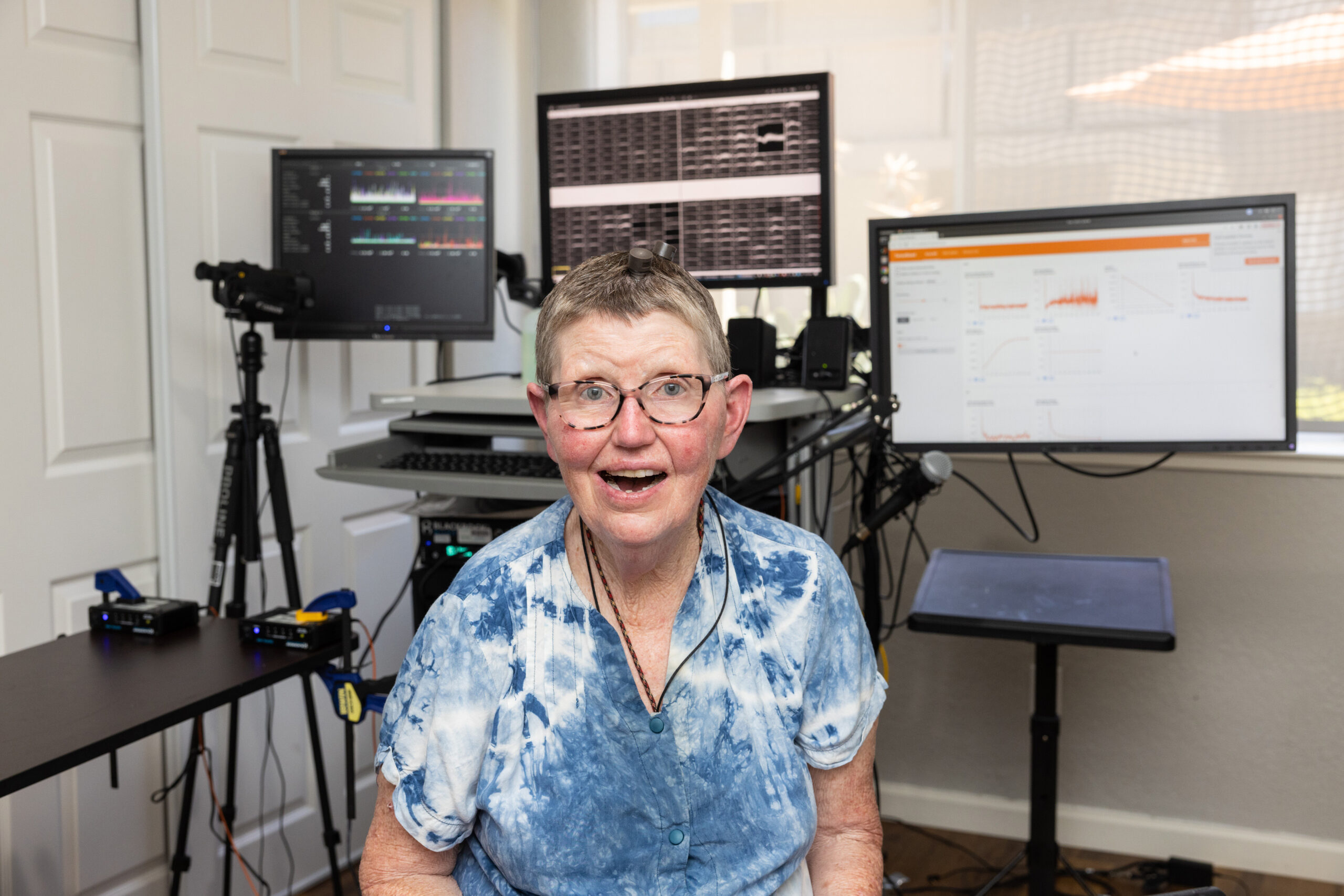THE WASHINGTON POST – A neurological disease had robbed Pat Bennett of her ability to speak, but her brain was still sending signals of her intent to talk – and scientists were reading them.
Researchers monitored her neural activity with tiny electrode-laden devices implanted in her brain. They trained an algorithm to recognise her attempts to speak.
Eventually, a team decoded her guttural utterances into text at the rate of 62 words per minute with better than 75 per cent accuracy, according to a study published Wednesday in Nature.
The result is a milestone in restoring the ability to communicate to people who have lost it, more than three times as fast as the previous record, according to the study, and beginning to approach the speed of natural conversation of about 160 words per minute.
The study also relied on technology that is rapidly being improved, as companies race to develop next-generation brain implants and generative artificial intelligence, fuelling optimism among the authors that even better outcomes are within reach.
“We had hoped for a result like this, and so being able to actually demonstrate it was extremely gratifying,” said Jaimie Henderson, a professor of neurosurgery at Stanford University and the paper’s senior author.
He compared the evolving technology for brain implants to television, where increasing the number of pixels led to a sharper image.
“The same is true of listening directly to neurons,” he said, predicting that devices with more electrodes will yield a higher resolution picture of brain activity.
The field of connecting brains to electronic devices has gained momentum in recent years, popularised by Elon Musk’s Neuralink, as several companies develop technology to read the brain’s instructions to the body and use computer programming to carry them out.
Already, companies and researchers are achieving feats like enabling a paralysed man to climb stairs.
Brain-computer interfaces, as they’re known, are probably years away from being commercially available, but they have been tested in clinical trials in more than 40 people.
The sole subject of the Nature study, Bennett, is now 68 years old and has amyotrophic lateral sclerosis, or ALS, a degenerative disease that can eventually cause paralysis.
She was a human resources director and equestrian before her disease took hold.
Bennett can move on her own and type with difficulty, but the muscles in her mouth and throat that produce speech no longer work to form intelligible sounds.
“When you think of ALS, you think of arm and leg impact,” Bennett wrote in an email, according to a Stanford news release. “But in a group of ALS patients, it begins with speech difficulties. I am unable to speak.”
To translate Bennett’s attempts to speak into text, the research team relied on two tiny implants with about 120 electrodes that penetrate the brain and monitor her neural activity.
They trained an algorithm to recognise her intended words by having her attempt to speak sentences on a computer screen over four months, and then combined that with a language model that predicts words based on the context.
Using a vocabulary of 125,000 words, the team’s system decoded Bennett’s attempted speech at the rate of 62 words per minute, with a 24 percent word-error rate.
That is accurate enough to generally get the gist of a sentence, Henderson said, but the authors concluded that the error rate is too high for everyday use and that the system as a whole isn’t yet viable for patients.
The authors found that the error rate decreased as more channels – or electrodes reading the brain’s signals – were added.
Companies including Neuralink, Paradromics, Precision Neuroscience and Blackrock Neurotech are all working on devices with more channels to get a higher resolution picture of the brain’s signals.
With those kinds of higher-bandwidth devices, the study concluded, implants in a small area of the brain could feasibly restore communication to people with paralysis at conversational speed.






